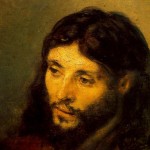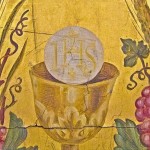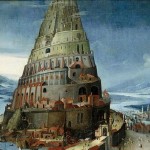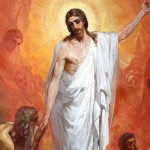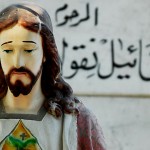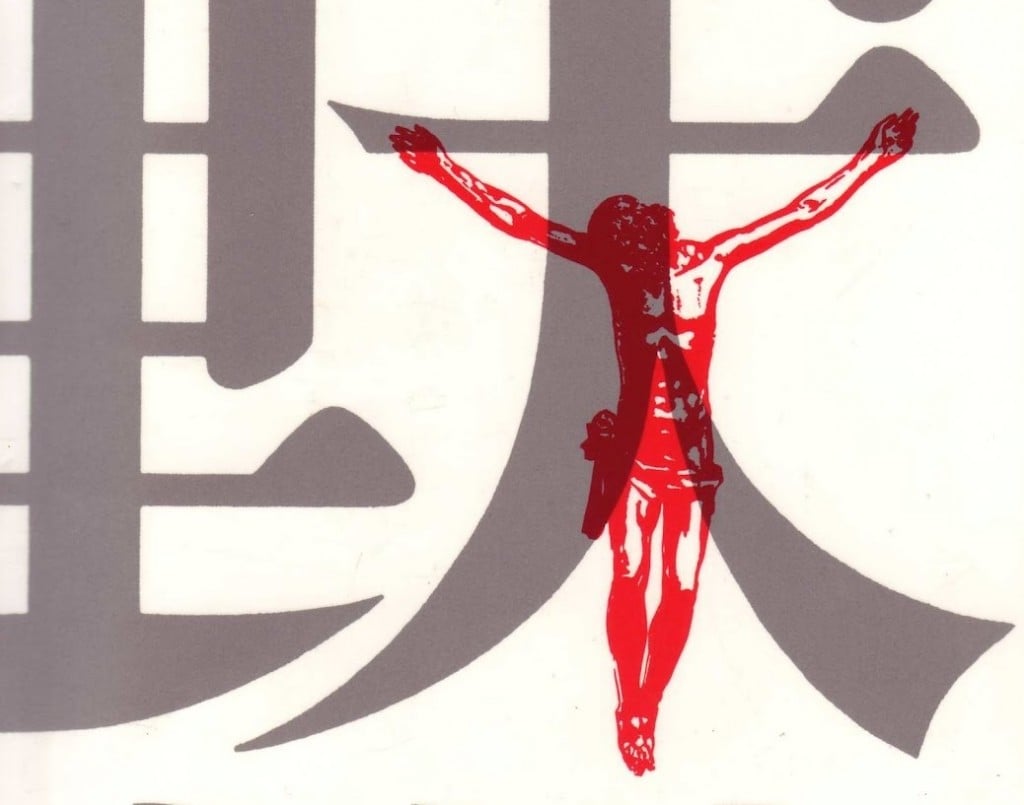
Lent is the seasons of going off into the desert and facing temptation. In the Gospel reading for the First Sunday of Lent (MK 1:12-1) the Spirit drives Jesus after his baptism into the dry wastes for forty days where he faces off against the Devil. Jesus resists the temptations of the desert by not becoming drunk with the power the Devil offers him.
The early eremitic monastics saw this episode as the key to Christian life. They left the busy cities with their bureaucracies behind them and combated their devils in the desert where everything is a little clearer, if a bit harsher, drier. Rowan Williams captures the counter-cultural spirit of this movement in a chapter from his The Wound of Knowledge.
The disappearance of the sacred canopy and the descaralization of public life has not, as Peter Berger once argued, destroyed Christianity’s natural environment. It has paradoxically created a desert of meaning right in the middle of the secular city’s desert. The mid-century mystic and social activist Madeleine Delbrel talks about it in We, The Ordinary People of the Streets where she says:
In the street, crushed by the crowd, we make our souls into so many caves of silence wherein the Word of God can dwell and resound.
In those crowds marked by the sins of hatred, lust, and drunkenness, we find a desert of silence, and we recollect ourselves here with great ease, so that God can ring out his name: “Vox clamans in deserto.”
But we must admit this condition has borne strange fruits.
Most Christians do not realize that the last century produced more Christian martyrs than any before it, perhaps more than in all the previous centuries combined. If Tertullian was right when he said that, “the blood of the martyrs is the seed of the Church,” then this should bear much fruit. The strange thing is that it has led to a kind of martyrophobia.
Shusaku Endo’s disturbing novel Silence is about one such episode of martyrophobia. Its plot revolves around Portuguese priests coming to Japan to minister to the local Christians and hearten them as they faced martyrdom. Something snaps when they see the local Christian peasants go down in a watery martyrdom:
Arriving at the shore, the officials ordered a fire to be lighted so that Ichizo and Mokichi could warm their bodies drenched by the rain. And then (as I have been told) with an unwonted sense of pity, someone gave them a cup of sake to drink. When I heard this I could not help thinking of how one of the soldiers gave to the dying Christ some vinegar on a sponge.
Two trees, made into the form of a cross, were set at the water’s edge. Ichizo and Mokichi were fastened to them. When it was night and the tide came in, their bodies would be immersed in the sea up to the chin. They would not die at once, but after two or even three days of utter physical and mental exhaustion they would cease to breathe. The plan of the authorities was to let the people of the village of Tomogi as well as the other peasants get a good view of this prolonged suffering so that they would never again approach the Christian faith. It was already past noon when Mokichi and Ichizo were fastened to the trees and the officials, leaving four guards to watch, withdrew on horseback. The onlookers also, who had at first came in great numbers to watch the spectacle, now gradually departed.
The narrator of the novel, Fr. Rodrigues, SJ summarizes his reaction to the spectacle in less than edifying terms:
What do I want to say? I myself do not quite understand. Only that today, when for the glory of God Mokichi and Ichizo moaned, suffered and died, I cannot bear the monotonous sound of the dark sea gnawing at the shore. Behind the depressing silence of the sea, the silence of God . . . the feeling that while men raise their voices in anguish God remains with folded arms, silent.
===============
Connect with Ethika Politika’s Rabelaisian Catholicism later tonight (around 7PM EST) to read the conclusion to this essay.
For more on the relationship between world politics, religion and violence see my TOP10 list on the topic.


